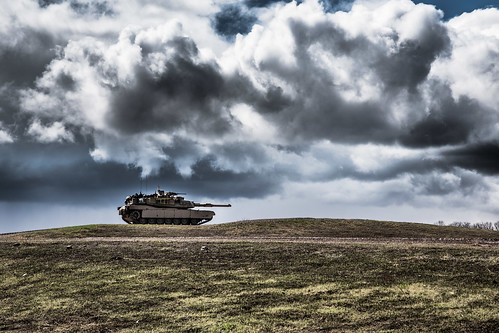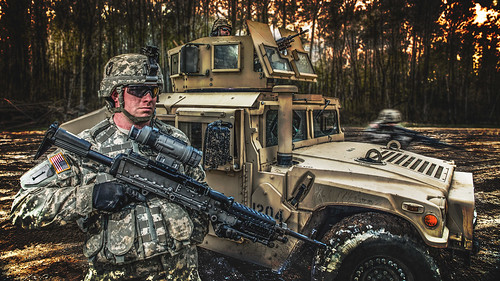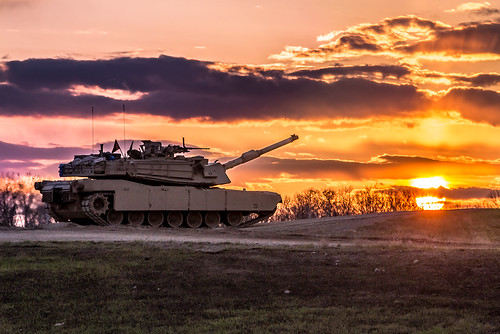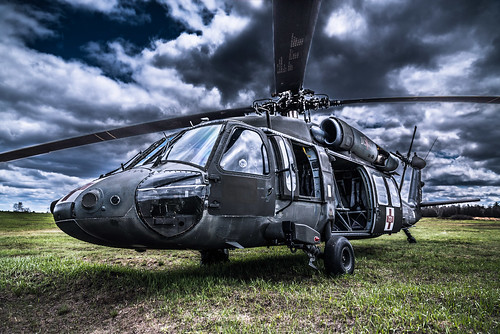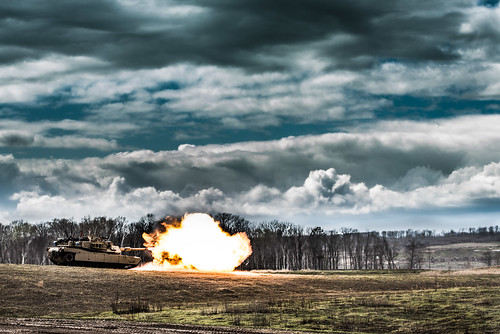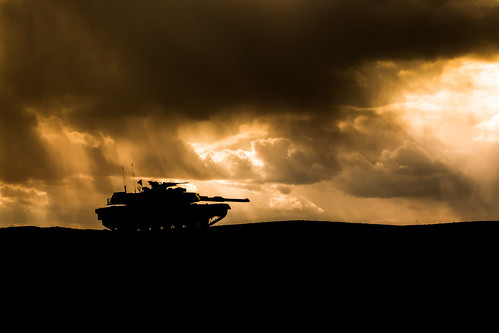I was working on a small commercial for a marketing company local to me and I had this issue come up with one of the frames. This happens to be the take I intend to use in the final product and I was able to take some parts of the frame before and after to fix this very simple shot but, it does worry me if I were to be shooting something more complicated and wouldn't be able to do fix it and how much time I may spend trying to fix these kinds of issues in the future if it does continue.
Here is the frame in question.

I was shooting on a 5D3 1.2.3 build Aug 7, 2014. I edit on a Windows 8.1 in Adobe products. For this MLV I used raw2cdng 1.6.1, MLRawViewer 1.3.3 and MLV to DNG Batch Converter v1.9.2 all with the same issue. This leads me to believe that it is not with any of the software on the computer but ML on the camera. I did not see in the forums if anyone else had this issue and do not know if it was just a one in a million issue. I do not know what would be relevant but here are some information. I was using KB 64GB 1000x cards, the card was warmed up and I shot a few minutes before hand, fix black level was on, Use SRM job memory was on, Extra Hacks was on, Reserve card space was on. There was no warning in camera during or after recording this take. It was not split up into multiple files.
If you look closely at the image, it appears that the tear, or what ever the proper name is, is shifted over to the right and over exposed with a pink tint and green in the whites. Has anyone experienced this? Is it a know issue? Is there a fix? If anyone needs any additional information from me to diagnose it, I am sure I can get it to you.
Here is the frame in question.

I was shooting on a 5D3 1.2.3 build Aug 7, 2014. I edit on a Windows 8.1 in Adobe products. For this MLV I used raw2cdng 1.6.1, MLRawViewer 1.3.3 and MLV to DNG Batch Converter v1.9.2 all with the same issue. This leads me to believe that it is not with any of the software on the computer but ML on the camera. I did not see in the forums if anyone else had this issue and do not know if it was just a one in a million issue. I do not know what would be relevant but here are some information. I was using KB 64GB 1000x cards, the card was warmed up and I shot a few minutes before hand, fix black level was on, Use SRM job memory was on, Extra Hacks was on, Reserve card space was on. There was no warning in camera during or after recording this take. It was not split up into multiple files.
If you look closely at the image, it appears that the tear, or what ever the proper name is, is shifted over to the right and over exposed with a pink tint and green in the whites. Has anyone experienced this? Is it a know issue? Is there a fix? If anyone needs any additional information from me to diagnose it, I am sure I can get it to you.




